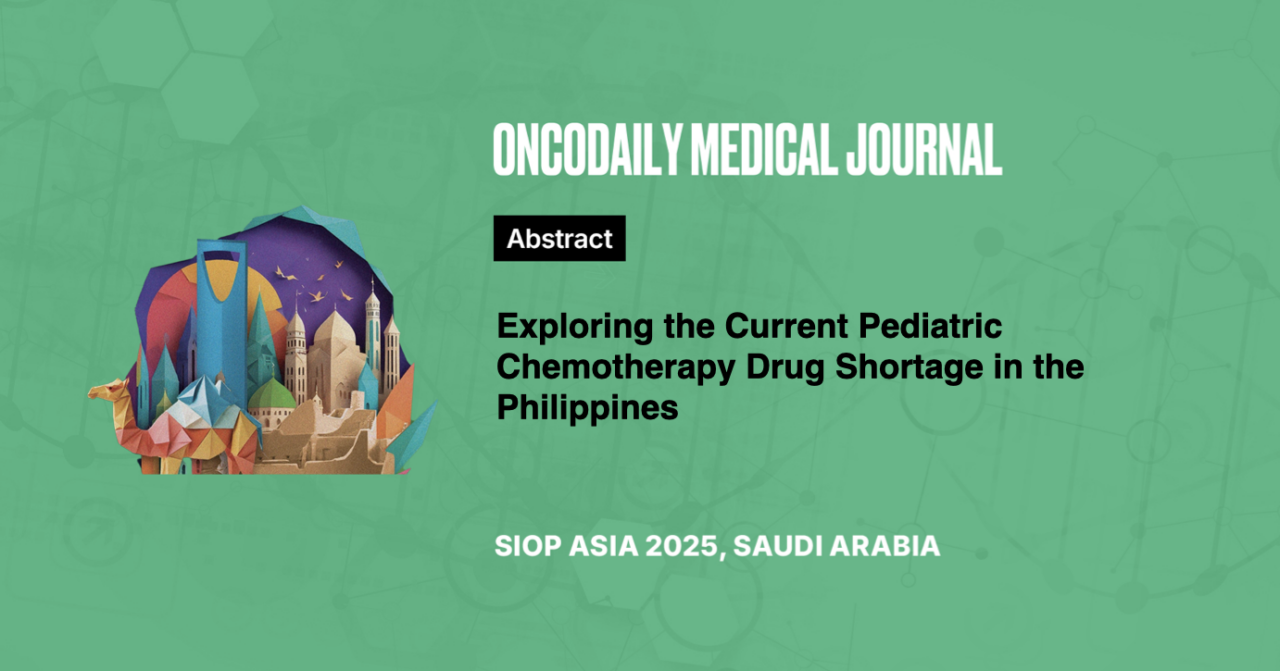Exploring the Current Pediatric Chemotherapy Drug Shortage in the Philippines
Abstract
Introduction: Chemotherapy drug shortage is an international problem that affects nearly half of pediatric oncologists in low- and middle-income countries. In the Philippines, 80% (N=36) of the WHO Essential Drug List for Childhood Cancer is licensed for the local market and access is via hospital pharmacies, direct purchases from pharmaceutical companies, and the National Medicine Access Program (CSPMAP). We explored the experience of pediatric hematologists and oncologists on the problem of chemotherapy availability.
Methodology: A cross-sectional open and closed-ended survey on the extent and impact of chemotherapy drug shortage was distributed to all practicing pediatric hematologists and oncologists (PHO) in the Philippines from January 15-30, 2024.
Results: Eighty-nine PHOs responded (77% response rate), representing 11 of 13 regions in the country. Eighty-four (94%) reported experiencing poor access to 31 chemotherapy agents in the past 6 months, particularly for intrathecal and intravenous methotrexate, asparaginase, dactinomycin, bleomycin, and vinblastine. The access problems encountered were hospital pharmacy stockouts (77%), local market shortage (75%), available drugs but families were unable to pay out of pocket (44%), and limited drugs provided by the CSPMAP (39%). Fifty-nine PHOs reported that patient care was significantly affected by 71 PHO-modified patients’ chemotherapy regimens.
Conclusion: Chemotherapy drug shortage is a serious and complex problem directly affecting patient care. Both local and international solutions are needed. Potential interventions include the implementation of policies on equitable international supply and distribution of drugs, updated government procurement price ceiling indices, and manpower training on drug forecasting.





